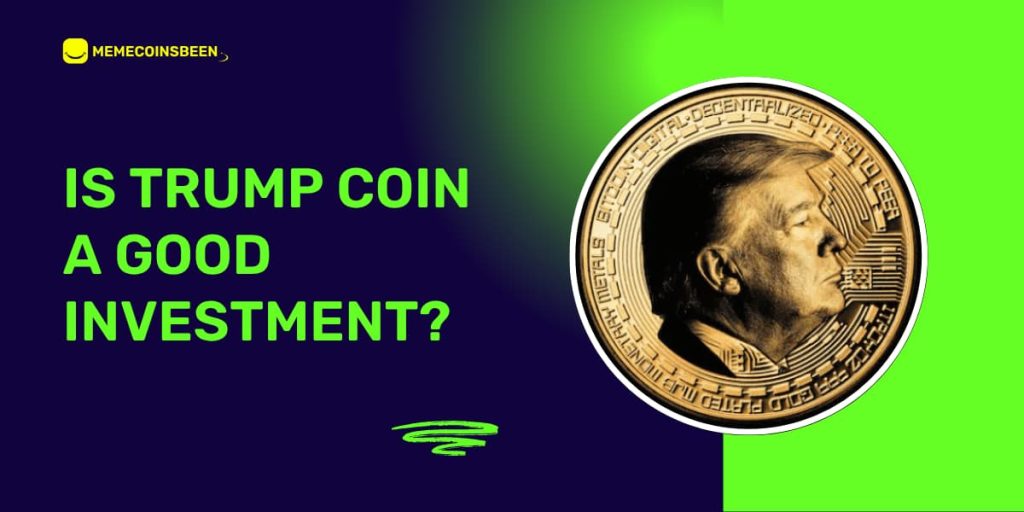The world of cryptocurrency has two very different sides. On one side, you have meme coins like Dogecoin, Shiba Inu, and PEPE, which gained popularity through social media, internet jokes, and celebrity endorsements.
On the other hand, there are traditional cryptocurrencies, such as Bitcoin and Ethereum, that are built on strong technology and designed to address real financial challenges.
This guide will explore how meme coins are different from traditional cryptocurrencies, covering their origins, purpose, risks, and where they might be headed.
Whether you’re simply curious or considering an investment, this will help you understand them better.
Key Differences Between Meme Coins and Traditional Cryptos
Understanding these differences is crucial for anyone navigating the cryptocurrency space, whether you’re a beginner or an experienced investor.
| Factor | Meme Coin | Traditional Crypto |
|---|---|---|
| Purpose | Mainly humour, community hype | Solving real-world problems (payments, DeFi) |
| Tech Innovation | Usually minimal or copied | Often cutting-edge (e.g., smart contracts) |
| Launch | Mostly sudden and viral | Whitepaper, team, roadmap |
| Volatility | Extreme and hype-driven | Moderate, based on adoption and utility |
| Influencers | Elon Musk, Reddit, Twitter | Developers, investors, institutions |
| Longevity | Short-term hype cycles | Designed for long-term growth |
This table illustrates how meme coins operate primarily on social sentiment and viral marketing, while traditional cryptocurrencies focus on technological advancement and practical applications.
The fundamental approach to development, community building, and market positioning differs significantly between these two categories.
What is a Meme Coin?
Meme coins are digital currencies that originate from internet jokes, memes, or pop culture references, typically launching without substantial technological innovation or real-world utility.
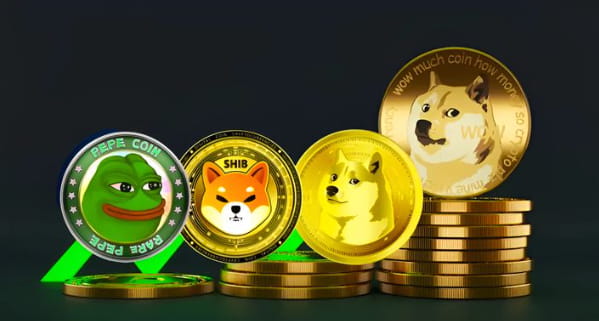
These tokens gain popularity through viral social media campaigns, celebrity endorsements, and community-driven hype rather than fundamental value propositions.
Some of the Meme coin marketing campaigns perfectly illustrate how clever promotion can drive massive attention and adoption.
Dogecoin exemplifies this phenomenon, starting as a lighthearted tribute to an internet meme but eventually achieving mainstream recognition and significant market capitalisation.
Read this guide to know more about what is a meme coin.
What is a Cryptocurrency?
Traditional cryptocurrencies are blockchain-based digital assets designed with specific technological purposes and real-world applications.
Such as facilitating peer-to-peer transactions, enabling smart contracts, or powering decentralised financial systems.
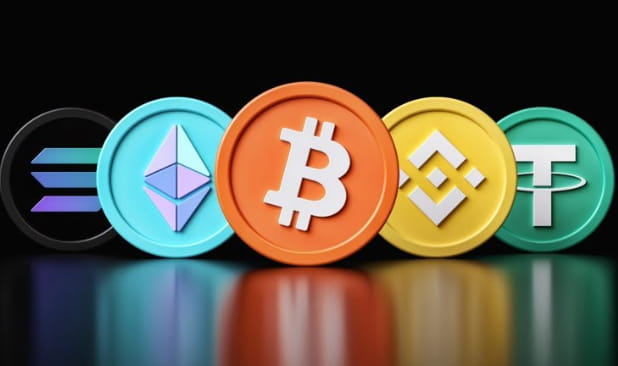
These projects typically feature detailed whitepapers, experienced development teams, and clear roadmaps for long-term growth.
Bitcoin serves as digital gold for value storage, while Ethereum functions as a comprehensive platform for decentralised applications and smart contracts.
What Drives the Popularity of Meme Coins?
Meme coins gain popularity not from strong tech but from hype, community buzz, and internet trends.
1. Social Media & Influencers
Celebrity tweets and social media posts can trigger massive price movements within minutes, as seen when Elon Musk’s Twitter activity regularly impacts Dogecoin’s value.
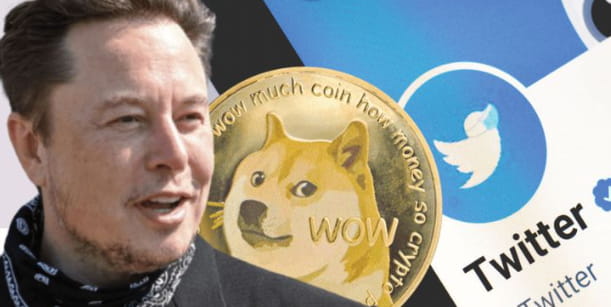
These endorsements quickly boost visibility and trust among retail investors, which helps explain why people are buying meme coins in 2025, driven by hype, community buzz, and low prices.
2. Community & FOMO
Online communities on platforms like Reddit, Discord, and Telegram organise collective buying efforts, creating a “diamond hands” mentality and “to the moon” campaigns.
Fear of missing out drives rapid adoption as investors chase viral trends and community-driven price surges.
3. Low Entry Price
The affordable per-token cost appeals to newcomers hoping to purchase millions of tokens for small amounts, creating psychological satisfaction and dreams of massive returns.
This accessibility attracts investors who cannot afford expensive Bitcoin or Ethereum purchases.
What Gives Traditional Cryptos Long-Term Value?
Traditional cryptocurrencies hold long-term value because they’re built on real-world use, strong technology, and growing trust from institutions.
1. Utility & Innovation
Ethereum’s smart contract functionality enables decentralised finance protocols, non-fungible tokens, and decentralised autonomous organisations, creating genuine economic value.
These technological capabilities solve real problems and generate ongoing demand from developers and users worldwide.
2. Security & Infrastructure
Bitcoin’s proof-of-work consensus mechanism and global mining network provide unparalleled security for digital value storage and transfer.

The robust infrastructure attracts institutional investors seeking reliable, censorship-resistant financial systems for long-term wealth preservation.
3. Regulatory Interest
Government recognition and regulatory frameworks favour cryptocurrencies with transparent operations, established use cases, and compliance capabilities.
Institutional adoption increases as traditional financial systems integrate blockchain technology for efficiency and innovation benefits.
Which Is Riskier: Meme Coin or Traditional Crypto?
Meme coins carry significantly higher risk due to extreme volatility, lack of fundamental value, and dependence on social sentiment that can shift rapidly.
Traditional cryptocurrencies, while still volatile, offer more predictable price movements based on adoption metrics, technological developments, and market utility rather than viral trends alone.
Should You Invest in Meme Coins or Cryptos?
Choosing between meme coins and traditional cryptos depends on your risk appetite, goals, and investment strategy.
Invest in Meme Coins If
- Risk-tolerant speculators chasing viral trends and short-term gains
- Traders with defined exit strategies and strong social media awareness
- Investors are comfortable with the potential total loss for high-reward opportunities
If you’re wondering, Are meme coins a good investment, it largely depends on your risk appetite and market understanding.
These tokens can offer quick gains, but volatility means caution is key.
Invest in Traditional Cryptos If
- Long-term investors seeking portfolio diversification with established assets
- Technology enthusiasts interested in blockchain innovation and practical applications
- Institutional investors require regulatory clarity and fundamental value propositions
Invest in traditional cryptocurrencies if you’re focused on long-term growth and portfolio stability.
They’re ideal for those who value strong fundamentals, real-world utility, and evolving blockchain innovation.
Popular Meme Coins & Cryptocurrencies
Here are the most recognisable examples from each category that have shaped their respective markets.
3 Most Popular Meme Coins
These meme coins have gained huge popularity through viral culture, community support, and unique internet appeal.
1. Dogecoin (DOGE)
Dogecoin was created as a fun parody of Bitcoin, featuring the popular Shiba Inu dog meme to add humour to the crypto space.
As it gained massive attention through celebrity endorsements like Elon Musk’s tweets, many began to ask, if Dogecoin is actually a good investment?
The strong, enthusiastic community has fueled its continued popularity, making it one of the most recognised cryptocurrencies in the world.
2. Shiba Inu (SHIB)
Shiba Inu positions itself as the “Dogecoin killer” and has successfully built an enormous community known as the “Shib Army.”
This loyal group of holders passionately supports the token and its growing ecosystem.

Beyond just being a meme coin, SHIB has developed decentralised exchanges and NFT platforms to increase its real-world usability.
The project aims to create a full ecosystem that rivals more established cryptocurrencies.
3. Pepe Coin (PEPE)
Pepe Coin draws inspiration from the iconic Pepe the Frog meme, a well-known figure in internet culture and meme communities.
The token saw explosive growth during the recent meme coin craze, showing how viral internet culture can translate into significant market capitalisation.

Its rapid rise highlights the power of online communities and social media in driving crypto trends.
Pepe Coin represents the unpredictable yet exciting nature of meme-based cryptocurrencies.
3 Most Popular Cryptocurrencies
These cryptocurrencies are built on strong technology and real-world use, shaping the future of digital finance.
1. Bitcoin (BTC)
Bitcoin is the first-ever cryptocurrency, launched in 2009, and remains the most valuable digital asset to date.
Often called “digital gold,” Bitcoin provides a decentralised store of value that many investors trust for long-term wealth preservation.

It has paved the way for thousands of other cryptocurrencies and digital financial innovations.
Institutional adoption is steadily increasing, with companies and even governments recognising Bitcoin’s importance in the financial ecosystem.
2. Ethereum (ETH)
Ethereum is the leading smart contract platform, enabling developers to build decentralised applications (dApps) across many industries.
It powers thousands of projects, including decentralised finance (DeFi) protocols, non-fungible tokens (NFTs), and blockchain-based games.
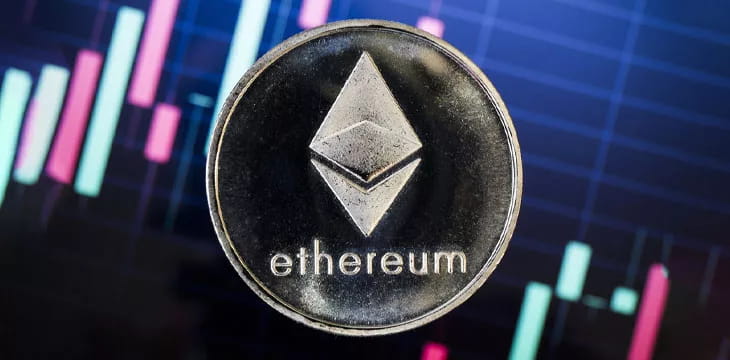
Ethereum’s innovation has made it the backbone of the decentralised internet and Web3 movement. Its ongoing upgrades aim to improve scalability, security, and sustainability.
3. Binance Coin (BNB)
Binance Coin started as a utility token for discounted trading fees on Binance, the world’s largest cryptocurrency exchange.
Over time, BNB has evolved into a key component of a much larger blockchain ecosystem.
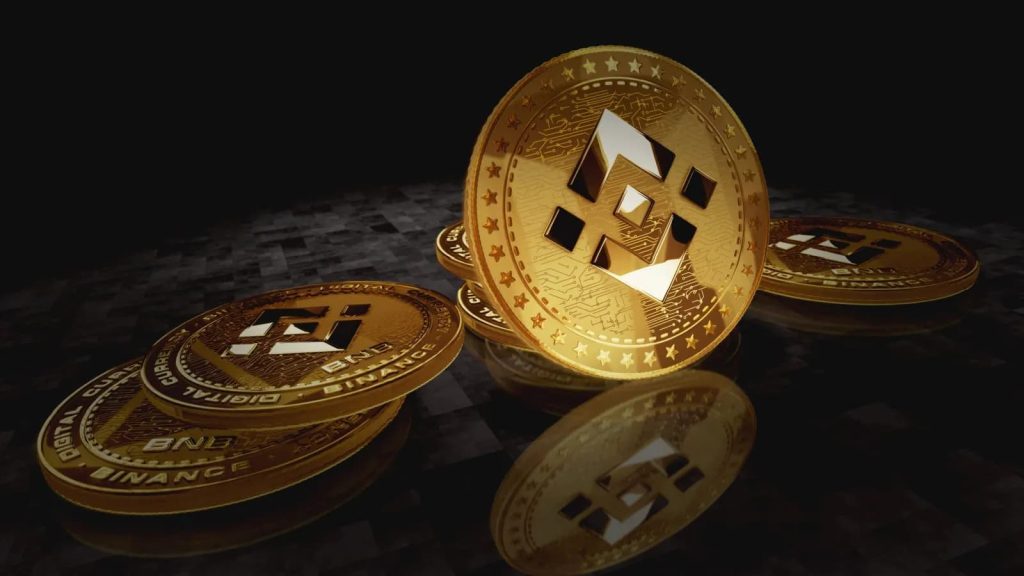
It supports a variety of decentralised finance applications, gaming platforms, and smart contracts on Binance Smart Chain.
BNB’s growing use cases have solidified its place as a top cryptocurrency by market value.
Will Meme Coins Survive As Long As Crypto?
The long-term survival of meme coins depends largely on their ability to evolve beyond pure speculation and develop genuine utility.
While some projects like Dogecoin are exploring payment integration and real-world applications, many meme coins lack fundamental value propositions and may disappear as market trends shift.
The cryptocurrency market typically rewards projects with strong technology, clear use cases, and sustainable development, suggesting that only meme coins that adapt and innovate will maintain relevance in the evolving digital asset landscape.
Conclusion: Meme Coins Are Hype; Traditional Cryptos Offer Real Value
Meme coins and traditional cryptocurrencies serve different purposes and attract different types of investors.
They are driven by entertainment, social media hype, and viral trends, offering short-term excitement and quick gains.
In contrast, traditional cryptocurrencies like Bitcoin and Ethereum focus on solving real-world problems through innovation, utility, and strong technology.
These offer more stable, long-term investment potential. Choosing between the two depends on your risk tolerance, investment goals, and market knowledge.
Both play unique roles in the crypto ecosystem and require different strategies to navigate their risks and opportunities effectively.
FAQs
Meme coins are real cryptocurrencies, but many are highly speculative and can involve risky or scam-like behaviour.
Celebrity endorsements, viral trends, and low entry prices drive hype, creating FOMO among new and casual investors.
Most meme coins lack real utility or adoption like Bitcoin, but a few offer limited features or functions.
Bitcoin is generally safer and more established, while meme coins are volatile, unregulated, and often driven by hype.
Meme coins are legal in many places but often unregulated; regulations depend heavily on your country’s crypto laws.







